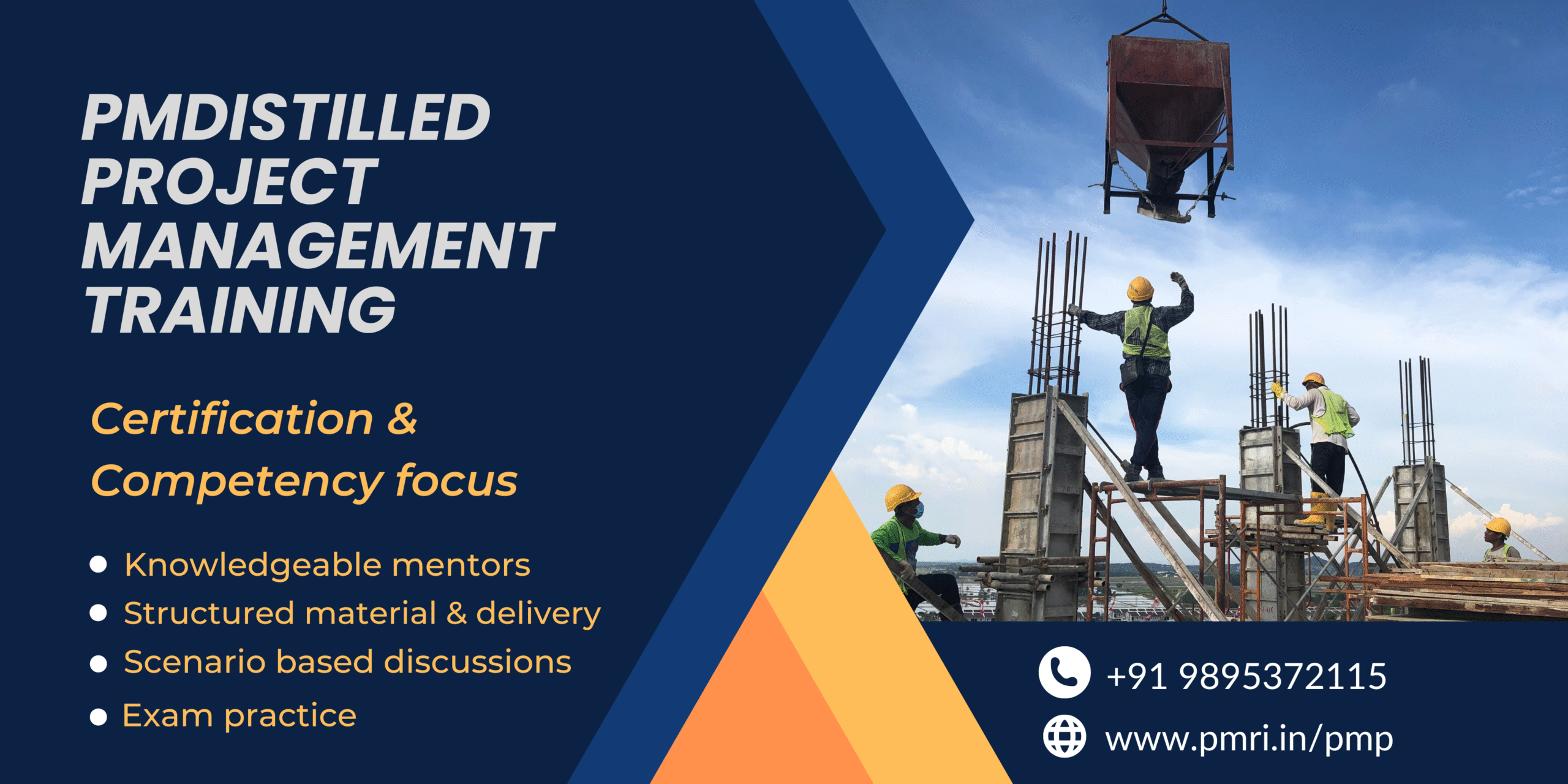Projects start with very high level requirements. However, before starting the detailed planning of the project, one need to capture the detailed requirements.
Steps for Collecting Detailed Requirements:
- Identify Stakeholders:
- Identify all stakeholders who will be impacted by the project, including end-users, clients, project sponsors, subject matter experts, and other relevant parties.
- Conduct Stakeholder Analysis:
- Understand the needs, expectations, and preferences of each stakeholder group. Analyze their level of influence, interest, and involvement in the project.
- Gather Initial Requirements:
- Conduct meetings, interviews, workshops, surveys, or focus groups with stakeholders to gather initial requirements. Use open-ended questions to encourage stakeholders to express their needs and concerns.
- Document Requirements:
- Document all gathered requirements in a structured format, such as a requirement specification document or a requirements management tool. Ensure that requirements are clear, concise, and unambiguous.
- Prioritize Requirements:
- Prioritize requirements based on their importance, urgency, and impact on project success. Use techniques such as MoSCoW prioritization (Must-Have, Should-Have, Could-Have, Won’t-Have) or weighting criteria to rank requirements.
- Validate Requirements:
- Review and validate requirements with stakeholders to ensure accuracy, completeness, and alignment with their needs and expectations. Resolve any conflicting or ambiguous requirements through consensus.
- Analyze Requirements:
- Analyze requirements to identify dependencies, constraints, and potential risks. Consider how each requirement contributes to project objectives and how they may interact with other requirements.
- Translate Requirements into Specifications:
- Translate high-level requirements into detailed technical specifications or functional specifications, depending on the nature of the project. Specify technical criteria, performance metrics, acceptance criteria, and any other relevant details.
- Review and Finalize Requirements:
- Conduct a formal review of requirements with key stakeholders to ensure that they are comprehensive, feasible, and aligned with project goals. Finalize requirements documentation and obtain approval from stakeholders.
- Manage Changes:
- Establish a change control process to manage changes to requirements throughout the project lifecycle. Document changes, assess their impact on the project, and obtain approval from stakeholders before implementing them.
Tools and Techniques for Requirements Collection
- Interviews:
- Conducting one-on-one or group interviews with stakeholders to gather their perspectives, needs, and expectations regarding the project.
- Questionnaires and Surveys:
- Distributing structured questionnaires or surveys to a larger group of stakeholders to collect quantitative or qualitative data on their requirements and preferences.
- Workshops and Focus Groups:
- Facilitating interactive workshops or focus groups with stakeholders to brainstorm ideas, discuss requirements, and reach a consensus on project goals and objectives.
- Observation:
- Observing stakeholders in their natural environment to understand their behaviors, workflows, and pain points, especially in IT projects where user interactions are critical.
- Document Analysis:
- Reviewing existing documentation, such as project charters, business plans, user manuals, and technical specifications, to extract relevant requirements and insights.
- Prototyping:
- Creating visual or functional prototypes of the proposed solution to elicit feedback and validate requirements with stakeholders before development or implementation.
- Use Cases and Scenarios:
- Developing use cases, scenarios, or user stories to describe specific interactions or sequences of actions that stakeholders will perform with the system or product.
- Requirements Workshops:
- Facilitating collaborative workshops with cross-functional teams to define, refine, and prioritize requirements collaboratively, fostering communication and consensus-building.
- Joint Application Development (JAD):
- Bringing together stakeholders, end-users, and development teams in intensive workshops to define and document requirements in a structured and efficient manner.
- Brainstorming:
- Encouraging stakeholders to generate ideas, suggestions, and requirements through open-ended brainstorming sessions, promoting creativity and innovation.
- Storyboarding:
- Creating visual storyboards or story maps to illustrate user journeys, workflows, and system interactions, helping stakeholders visualize and understand requirements more effectively.
- Surveys and Feedback Forms:
- Using online survey tools or feedback forms to collect input from a wide audience of stakeholders, customers, or users on their requirements and preferences.
- Data Mining and Analytics:
- Analyzing data from various sources, such as customer feedback, usage statistics, and market research, to identify patterns, trends, and insights relevant to requirements.
- Structured Interviews with Subject Matter Experts (SMEs):
- Conducting interviews with domain experts and SMEs to gain specialized knowledge and insights related to specific aspects of the project requirements.
- Benchmarking with similar or better products
- 3D Models
- Building Information Modeling (BIM)
Once the requirements are collected, they are analysed an approved set of requirements is baselined and that becomes the basis for further planning.

